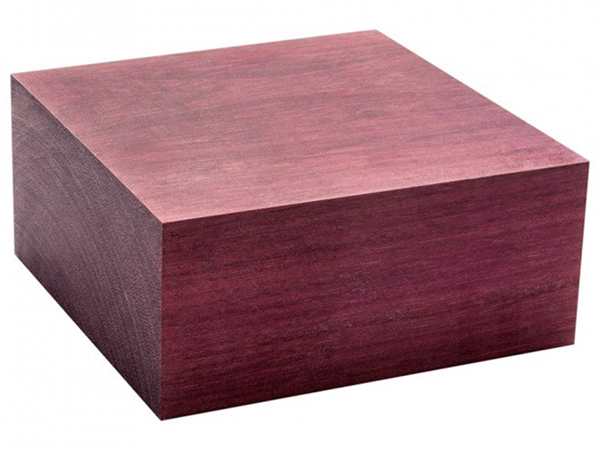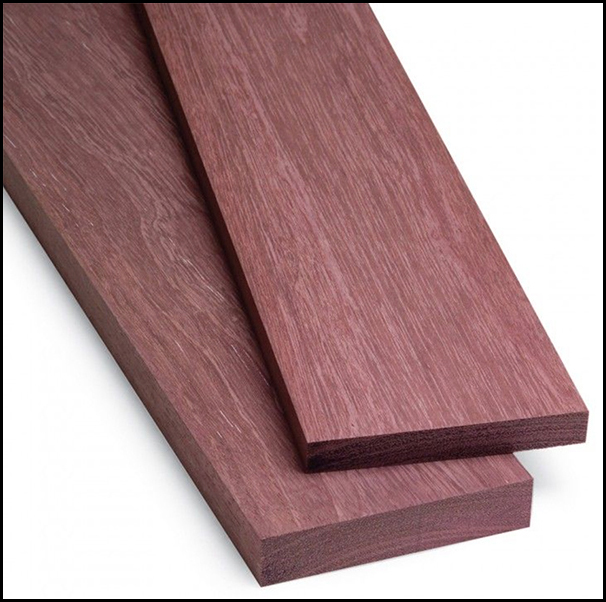
I made a small box using cherry with purpleheart inserts. I believe I messed up when I used a mixture of 75 percent thinner and 25 percent poly to get a smoother finish. The purpleheart bled into the cherry and stained it. I have tried sanding the stains out, but so far no luck. Any suggestions? – Ray Carina
Tim Inman: I’m sorry, but I think you answered your own question. Yes, you probably messed up. I know of no way to reverse this. I wish it were different, but sadly that’s the case. Purpleheart is one of those woods — beautiful when first exposed and wonderful to work, but a disappointment in the long run. It can be toxic, and the color is, alas, very fugitive. The color is brilliant at first, but with exposure to light and oxygen, it fades and dulls. So even though you experienced the heartbreaking trauma of seeing your work spoiled, over time, that color would have faded and maybe even have bled out anyway. Others who have used purpleheart have experienced the disappointment over a longer period of time.
Chris Marshall: If you’ve sanded the cherry down to bare wood again, and the purpleheart stains are relatively faint, you might be able to stain the cherry a darker color than the purpleheart-stained areas to help to hide the discoloration. I’d use a dye stain in order to achieve the most even coloration (cherry can look blotchy under pigment stains).
Tough lessons we all learn sometimes, but think of it this way: every time you look at this little box, it’s a lesson about purpleheart you won’t forget.






